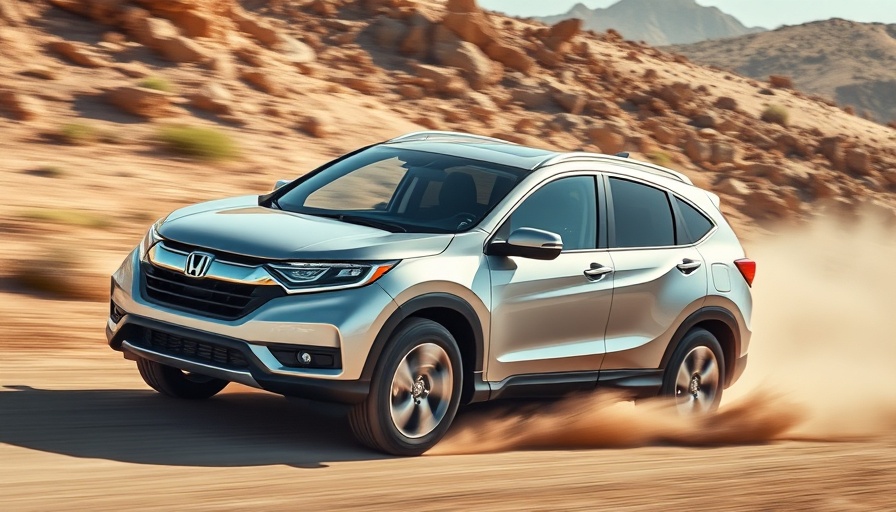
Strategic Alliances in the Face of Tariff Challenges
In an unprecedented alliance, Honda has turned to rival Toyota for a critical supply of hybrid batteries, diverging from decades of competition in the automotive sector. As both companies navigate the treacherous waters of U.S. tariffs, this deal represents not just a pragmatic business maneuver but also a significant shift in the landscape of the auto industry.
The Tariff Landscape: A Necessity for Change
The backdrop for this decision is a rapidly shifting tariff environment. Recent policies, particularly during the Trump administration, have implemented substantial tariffs on imports from China and Japan, creating urgency for manufacturers like Honda. With a new 10% levy on Chinese imports already in effect and looming higher tariffs on Japanese-made vehicles, Honda is under a significant pressure to maintain competitive pricing while also expanding its hybrid offerings.
A Win-Win Scenario for Honda and Toyota
This agreement allows Honda to secure a reliable, tariff-free source of 400,000 battery packs annually from Toyota’s $14 billion battery plant in North Carolina, starting in April 2025. For Honda, which sold over 300,000 hybrids in the U.S. last year, this deal guarantees an uninterrupted supply crucial for expansion plans. Meanwhile, Toyota bolsters its investments with a significant contract, proving beneficial for its new production facility.
Is This the Future of Automotive Rivalries?
While this business arrangement is crucial for both automakers, it raises questions about the traditional dynamics of competition within the industry. Honda's decision to purchase batteries from Toyota can be viewed as a temporary partnership carved out of necessity rather than a shift towards long-term collaboration. As these automakers adapt to the pressures of tariffs, will we witness more rival companies partnering in similar ways to ensure survival amidst rising costs?
Broader Industry Implications
Honda and Toyota are not alone in reconfiguring their supply chains to avoid tariffs. Companies such as Volkswagen and Volvo are also weighing the feasibility of U.S. production to navigate the tariff minefield. The decision from Honda signifies a growing trend among Japanese automakers to reduce reliance on Chinese suppliers, signaling a notable shift toward domestic production.
Conclusion: The New Normal?
The alliance between Honda and Toyota may be driven by immediate logistical needs but reflects a broader industry trend. As the global automotive sector continues to face a complex web of tariffs and trade policies, the lines between competitors are likely to blur even further. This deal signifies a cautious optimism for both Honda and Toyota as they seek to adapt and thrive in an ever-changing landscape.
 Add Row
Add Row  Add
Add 




 Add Row
Add Row  Add
Add 

Write A Comment